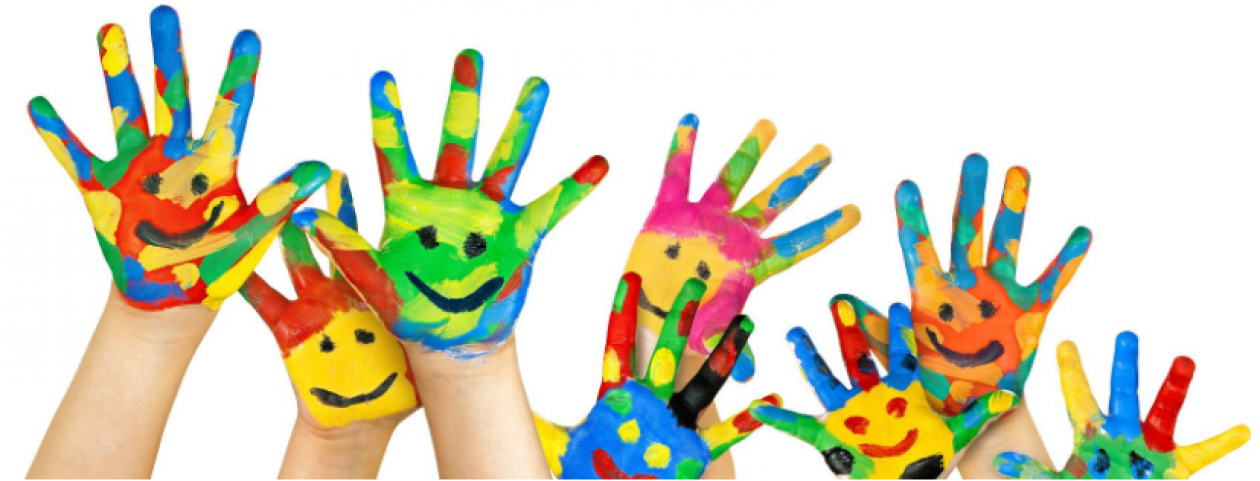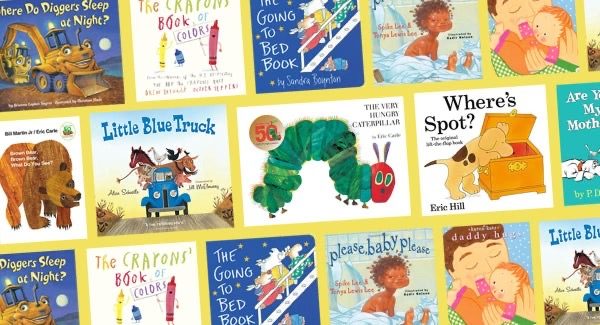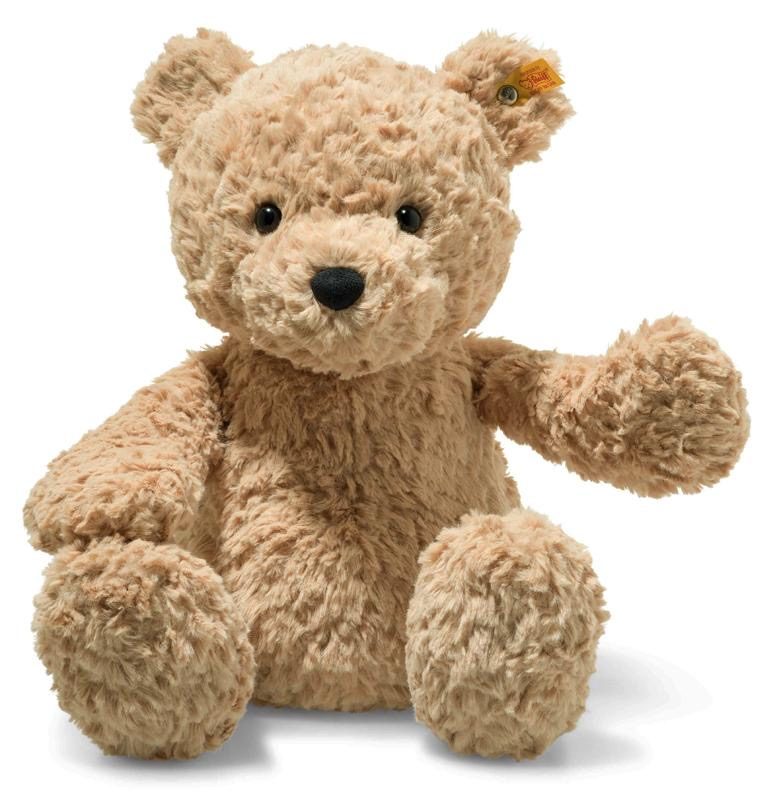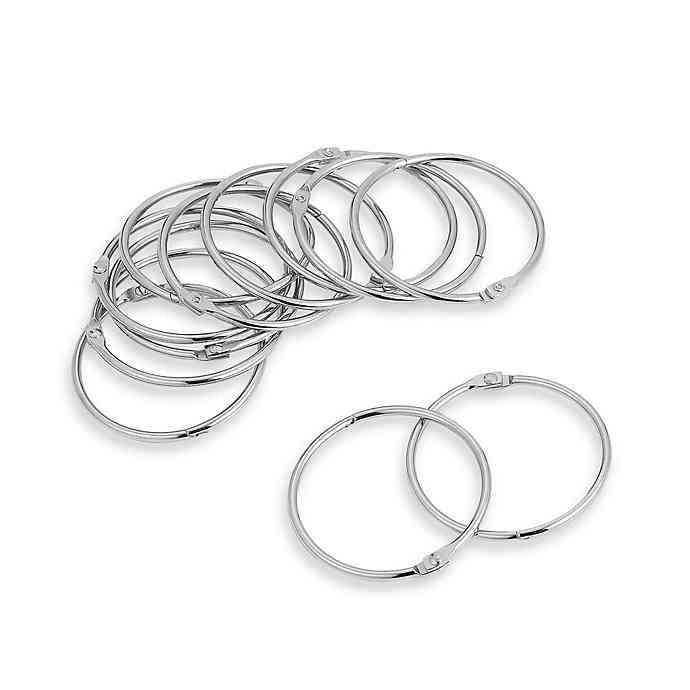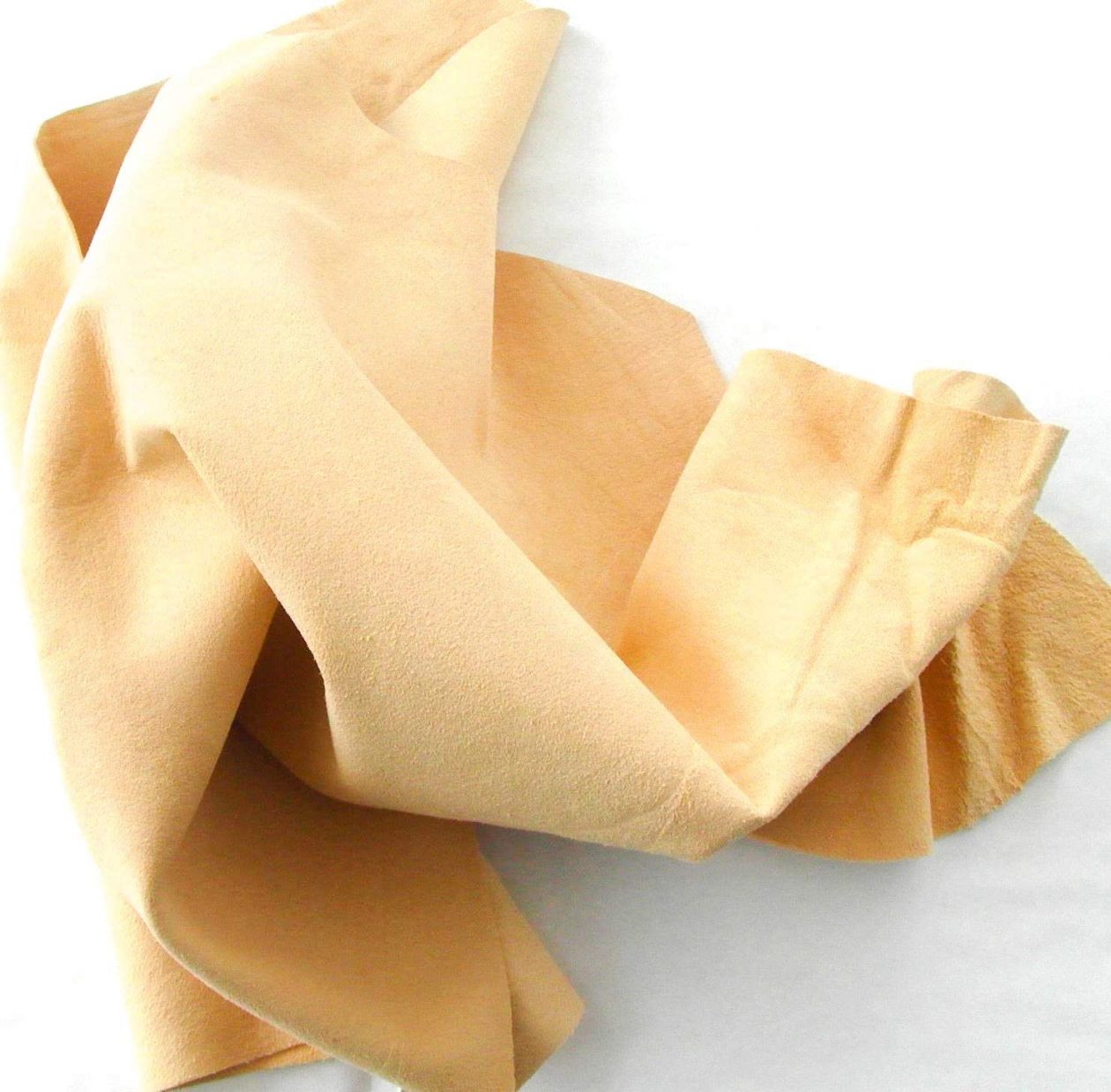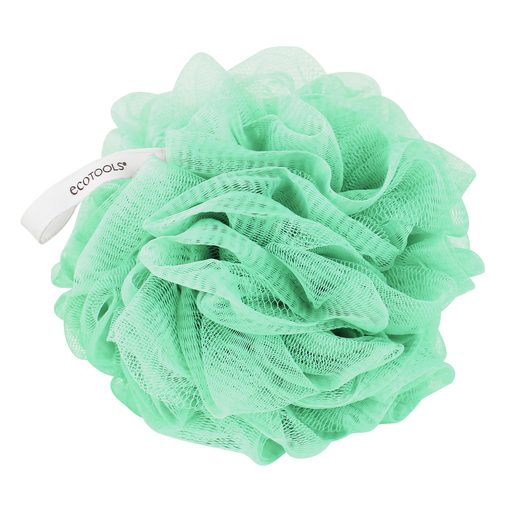There’s a reason why reading has always been one of
the most valuable early years activities! Not only does it benefit their language development, it helps you bond with them and gives your child a sense of intimacy and calmness.
1. Get some of your wee ones favourite books and cosy in together. Introducing concepts like rhyming,
matching and getting children excited
about reading time is central to developing
competent readers when they grow up.
2. That’s why it’s never too early to read to
the little ones. Don’t forget to keep eye
contact and use lots of exaggerated facial
expressions so that they can develop their
vocabulary and understand emotions from
your non-verbal cues. Most of all, enjoy this special time together.
